During their journey to experience the coastal city, domestic and foreign tourists spend a lot of time exploring and enjoying local cuisine , a factor that contributes to the unique identity of Da Nang.
Cuisine associated with cultural depth
Da Nang cuisine is a harmonious combination of the sophistication of Hue royal cuisine, the simplicity of Quang Nam countryside and the liberal nature of a young city. Each dish carries a part of the soul of the Central people - simple, profound but no less rich.
From a bowl of fragrant Quang noodles to a plate of refreshing rice paper rolls with pork, from a plate of rich vermicelli with fish sauce to a simple bowl of snakehead fish porridge..., all evoke a close and intimate culinary culture space.
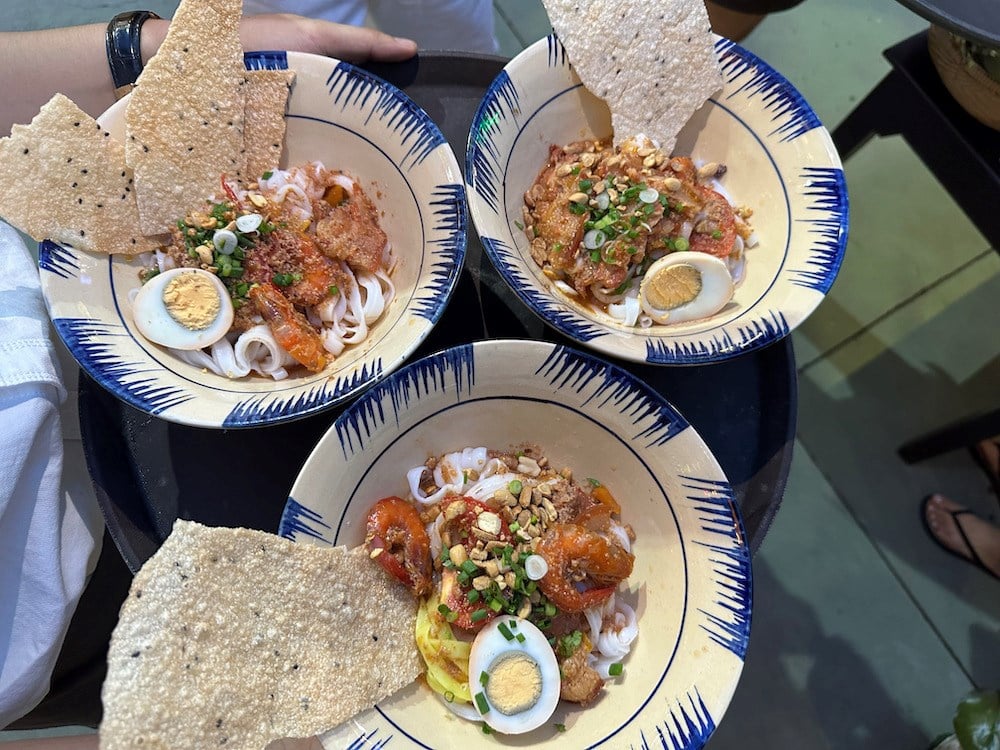
According to culinary experts, a prominent feature of Da Nang cuisine is its “just right” quality: not too elaborate in preparation but delicate in seasoning; not too many ingredients but ensuring freshness, cleanliness and balanced taste.
This is also a plus point that makes Da Nang cuisine highly appreciated in the eyes of international tourists, who prefer simplicity and naturalness in taste.
Coming to Da Nang, diners cannot miss Quang noodles, a dish considered the "soul" of Quang cuisine. Quang noodles in Da Nang have rich variations with many types of fillings such as chicken, shrimp, eggs, snakehead fish, and even spare ribs.
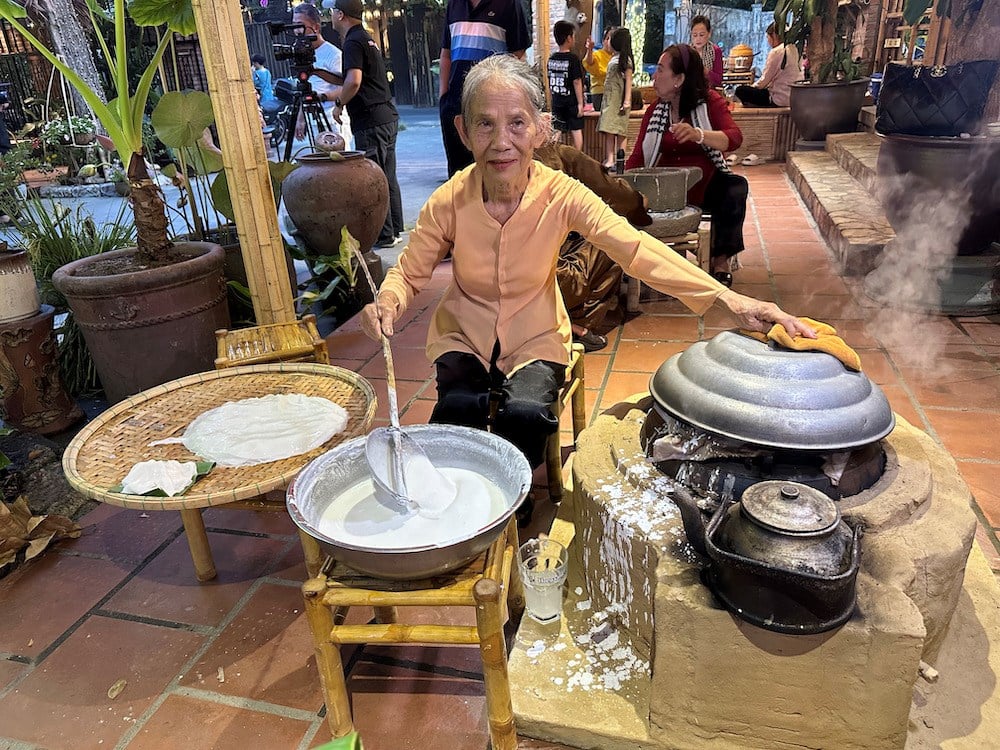
A bowl of noodles with soft, chewy noodles, fresh vegetables, topped with roasted peanuts, grilled rice paper and light, thick broth creates an unforgettable flavor combination.
Rice paper rolls with pork skin are also a popular dish among diners. Thinly sliced pork, keeping the crispy skin intact, is rolled with rice paper, raw vegetables, cucumber, green banana and dipped in special fish sauce. The salty, spicy taste and sweet aftertaste make this dish a favorite choice for light lunches.
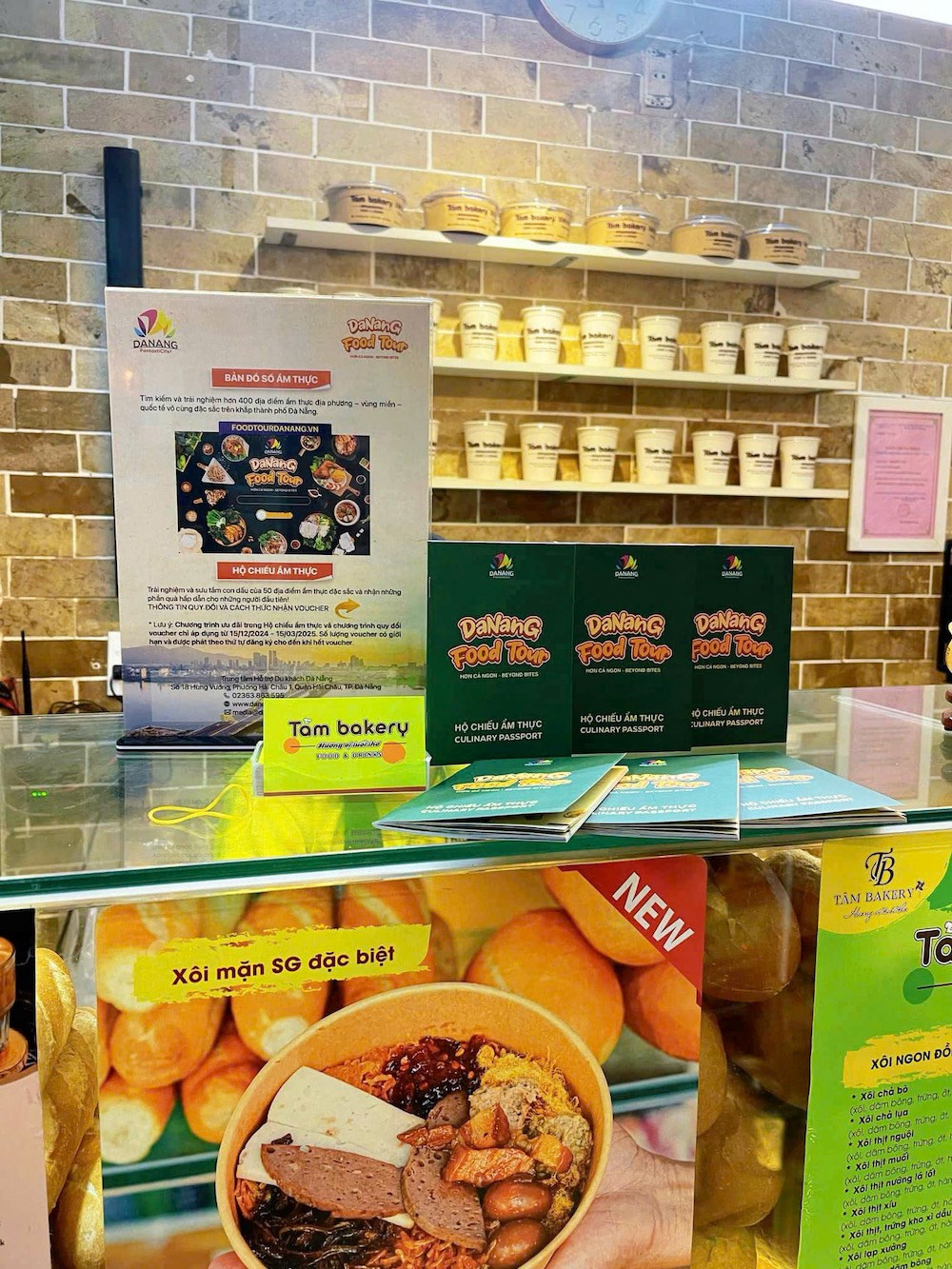
In addition, Bun Mam Nem is also considered an attractive “taste challenge”. With its characteristic fish sauce smell, Bun Mam Nem combined with boiled meat, fermented pork rolls, raw vegetables and peanuts creates an impressive culinary experience. For many foreign tourists, Bun Mam Nem is a “unique” dish but addictive if tasted a second time.
In addition, snacks such as banh xeo, nem lui, ram cuon cai, oc suc, banh trang kep... are often served at night markets or sidewalk stalls, bringing a sense of closeness and liveliness. These dishes not only satisfy locals but also delight international tourists because of their novelty and variety in ways of enjoying.
Da Nang cuisine and its position on the international map
One factor that makes Da Nang cuisine attractive is the way the dishes are closely linked to the tourist space. In the Son Tra peninsula area, visitors can both watch the sea and enjoy fresh seafood dishes in fishing villages such as Tho Quang and Man Thai.
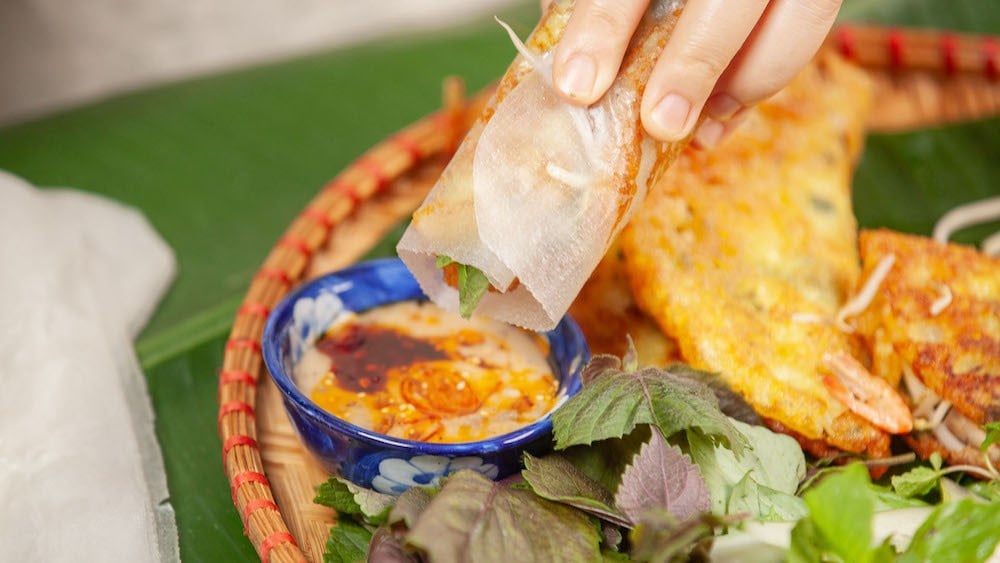
Meanwhile, on culinary streets such as Tran Ke Xuong, Pham Hong Thai, Con Market, Han Market, etc., visitors can easily find local specialties prepared on the spot at affordable prices.
In particular, recently, Da Nang has also encouraged the development of the "Culinary Passport" model, taking tourists on a journey to discover street food, connecting cultural - culinary - tourism spaces into a cohesive whole.
Many tourists share that, through each dish, they understand more about the history and culture of the city, and feel the hospitality of Da Nang people.
The fact that Da Nang is included for the first time in the list of cities in the MICHELIN Guide 2025 is an important milestone affirming the class and potential for local culinary development.
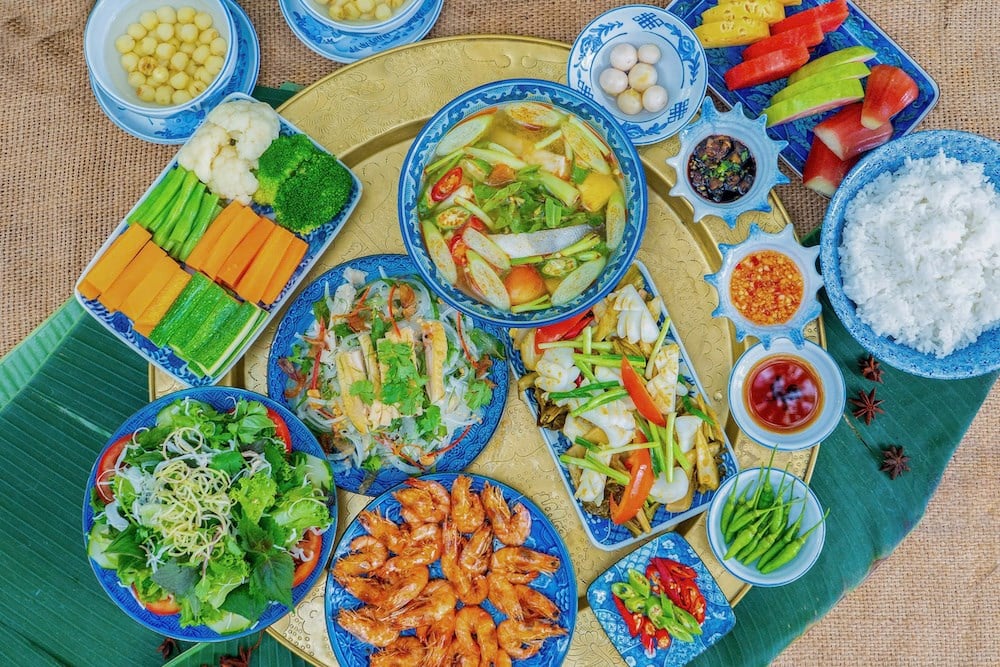
Not just stopping at street food, Da Nang now has many restaurants operated according to international standards, focusing on presentation, ingredient quality and customer experience.
The emergence of young chefs and fusion models combining Central cuisine with international styles has also enriched the culinary map of Da Nang. This shows that the city not only preserves its traditional culinary identity but also expands its vision and integrates with global trends.
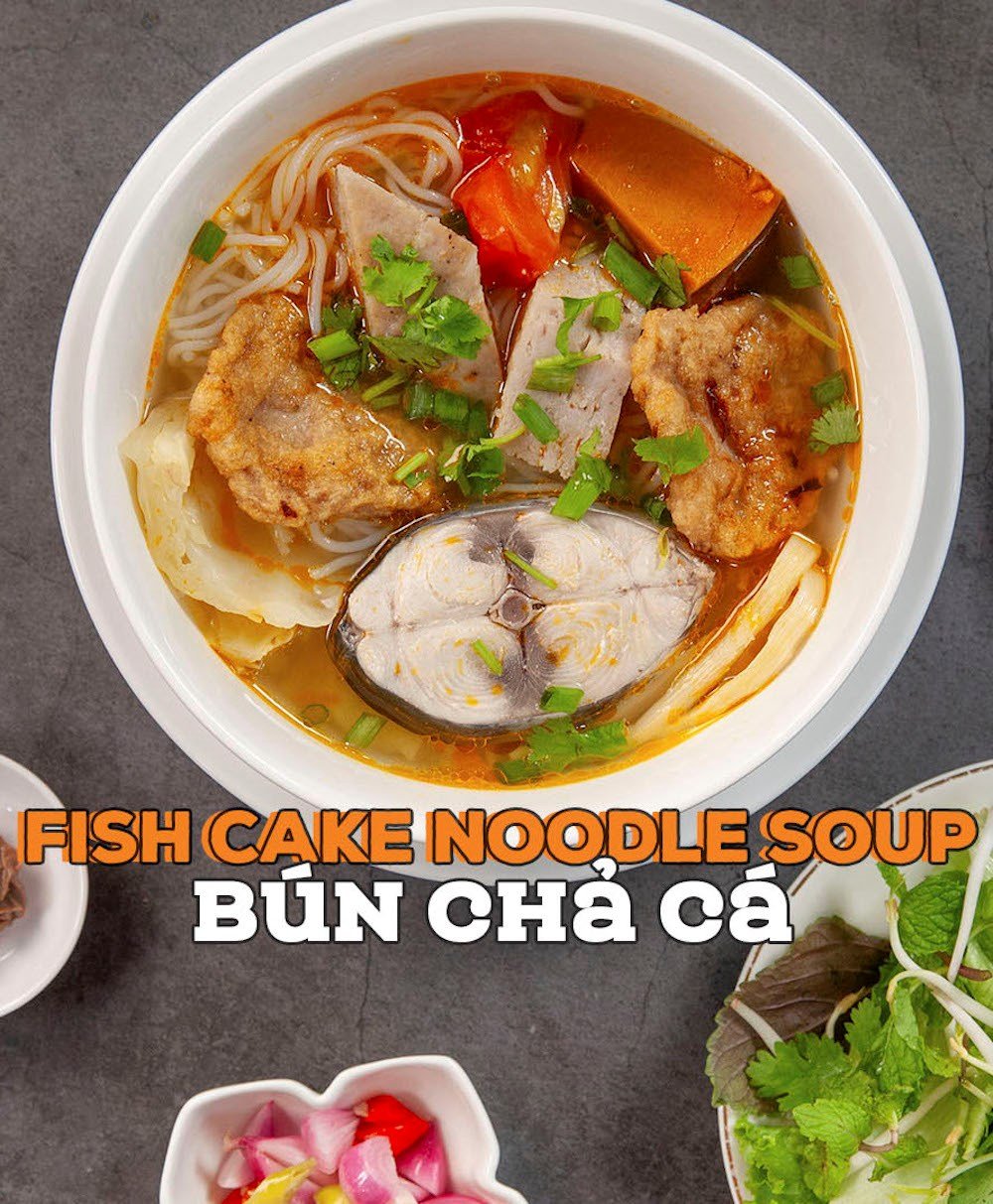
In its development orientation for the period 2025–2030, Da Nang identified cuisine as one of the main pillars to enhance tourism attraction. The city has implemented culinary linkage programs with neighboring provinces such as Hue, Quang Ngai, Dak Lak, forming a journey “from sea to forest” with the highlight being local dishes.
At the same time, focus on training human resources, developing brands for regional specialties and promoting culinary culture to international tourists.
With its richness, sophistication and rich identity, Da Nang cuisine is not only a simple dish but also a "soft message" sent to tourists, that this city always knows how to preserve traditional flavors, while at the same time innovating to reach the world.
Source: https://baovanhoa.vn/du-lich/am-thuc-da-thanh-huong-vi-mien-trung-hoi-tu-146913.html












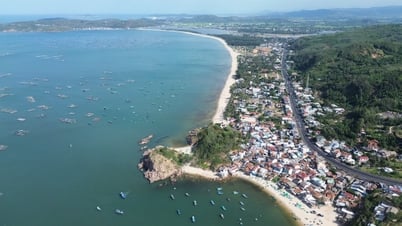


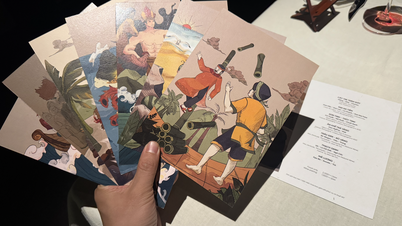




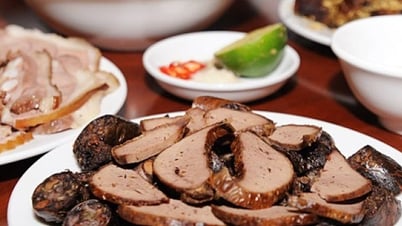

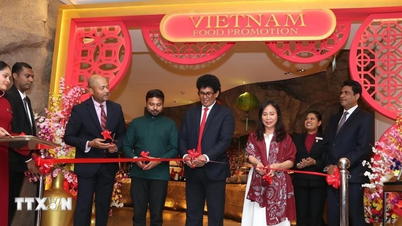


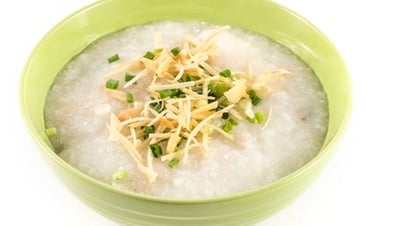
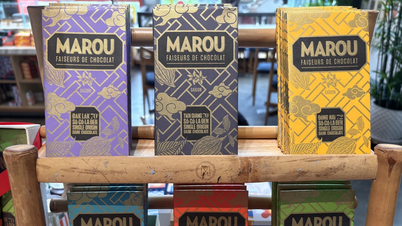



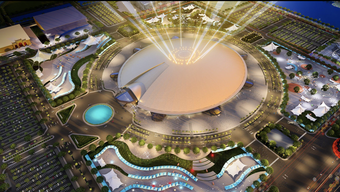

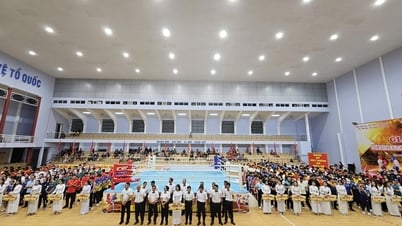


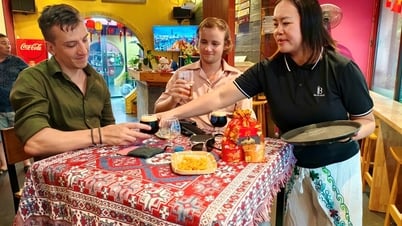



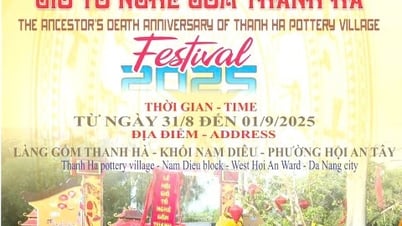



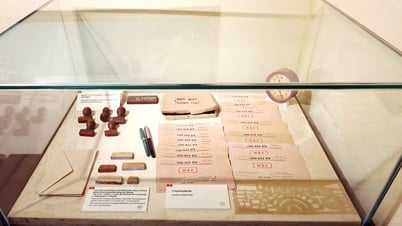


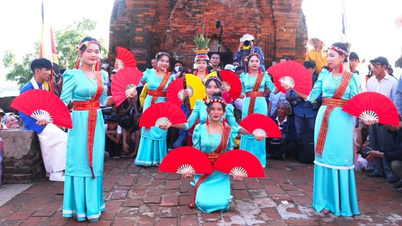

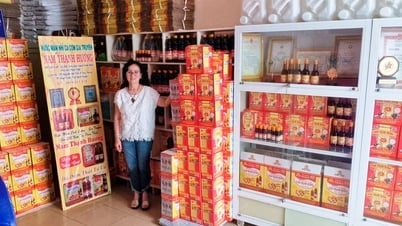









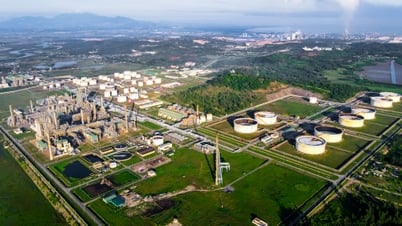










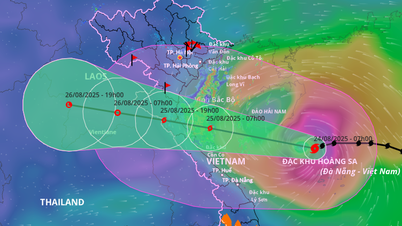






















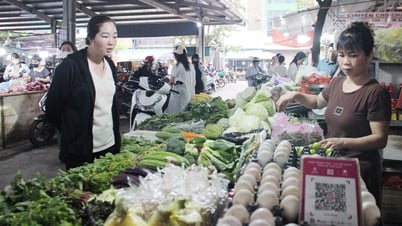


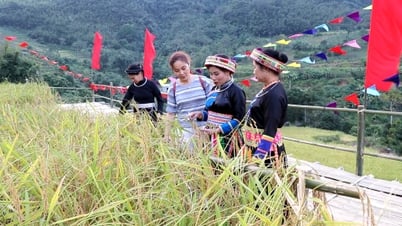


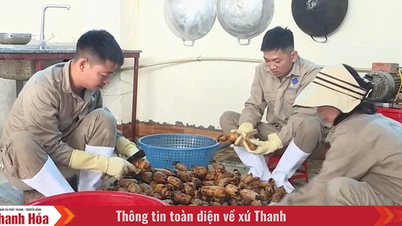
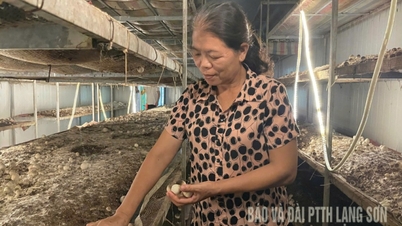



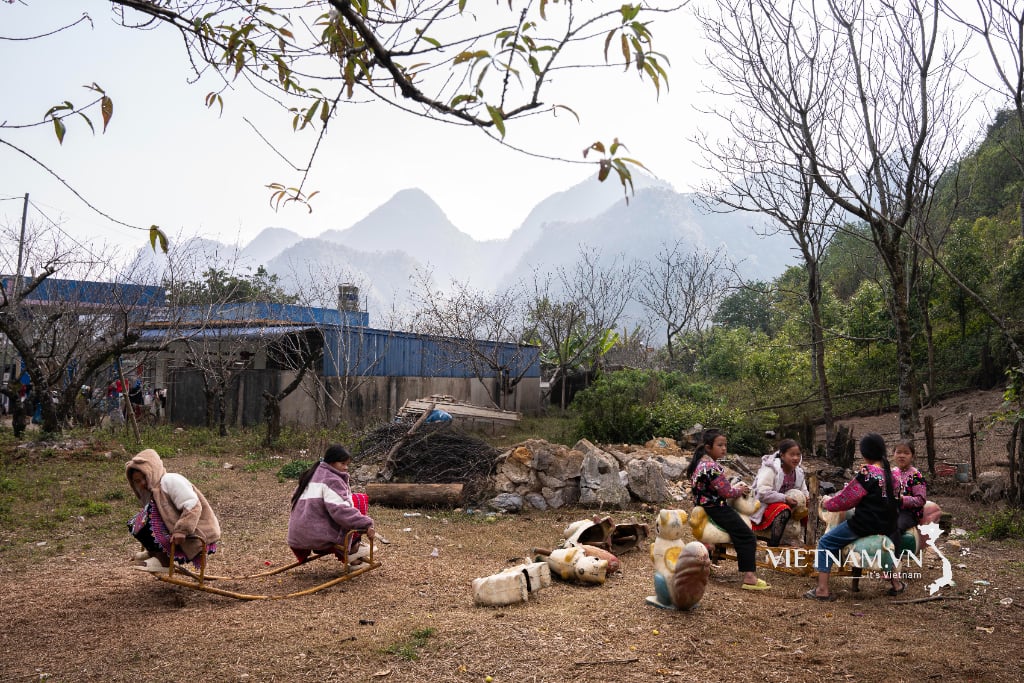


Comment (0)